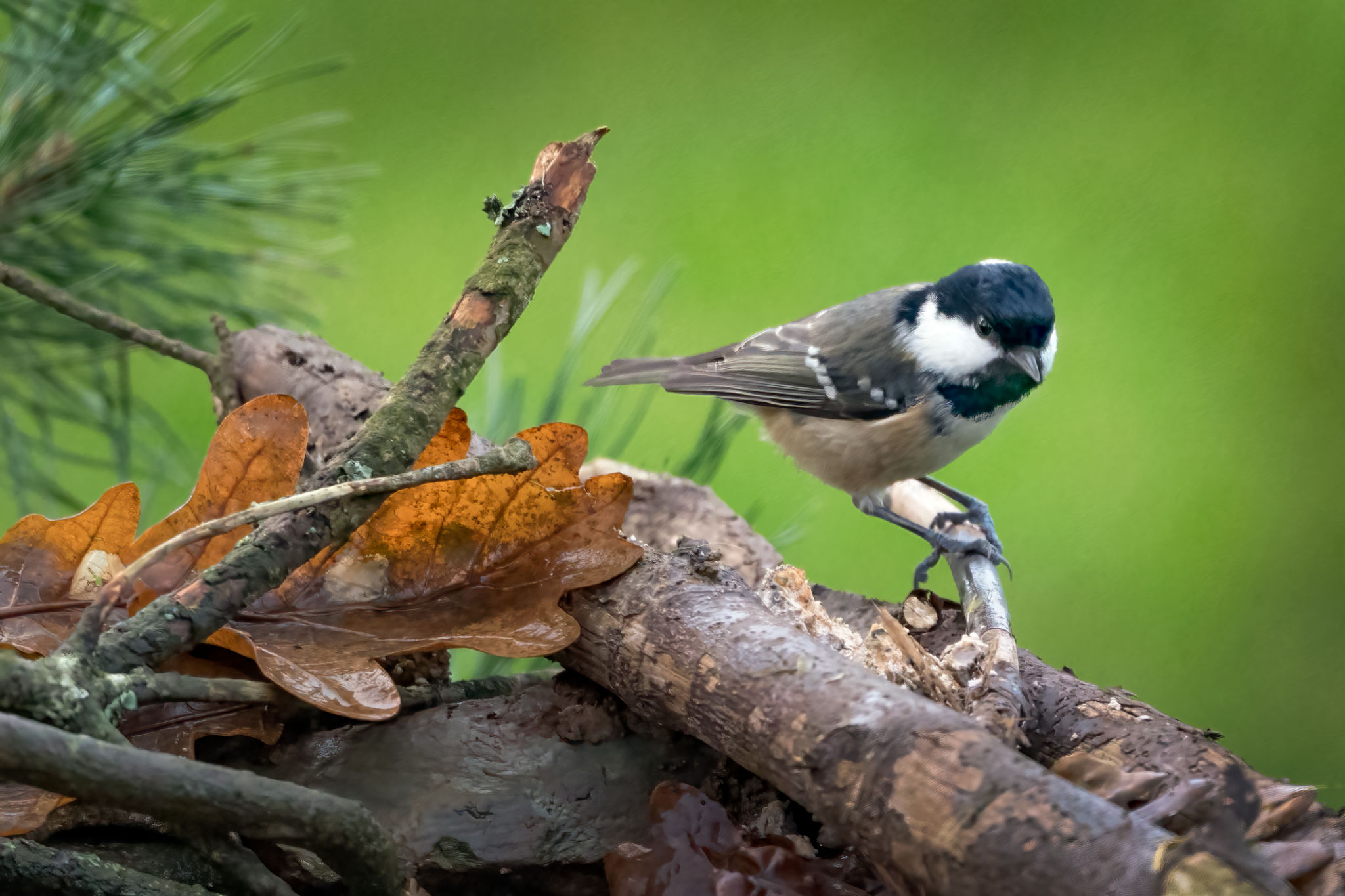Understanding Bird Nest Searches: Protecting Avian Habitats in Alberta
Understanding Bird Nest Searches
Alberta is home to a diverse range of avian species, each playing a crucial role in the ecosystem. Protecting these birds begins with understanding their nesting habits and ensuring their habitats are preserved. Bird nest searches are a vital tool in conserving these habitats, helping to maintain the ecological balance.
The process of bird nest searches involves identifying and monitoring bird nests in specific areas. This practice is essential for conservationists and researchers aiming to protect avian populations from threats such as habitat destruction and human interference. By conducting thorough searches, experts can implement strategies to safeguard these nests.

The Importance of Bird Nest Searches in Alberta
Alberta's rich biodiversity includes numerous bird species, making it a significant area for avian studies. Nest searches help in gathering crucial data about bird populations, nesting sites, and reproductive success. This information is invaluable for conservation efforts and policy-making, ensuring sustainable environments for birds.
Moreover, understanding where birds build their nests allows for better land management practices. For instance, during construction or agricultural activities, knowing the locations of nests can help in making informed decisions that minimize disruptions to bird habitats.
Conducting Effective Bird Nest Searches
Conducting effective bird nest searches requires knowledge and expertise. It involves systematic surveys and observations, often using technology like drones or GPS to track birds and locate their nests. Researchers often follow ethical guidelines to ensure that their presence doesn't disturb the birds or their young.

In Alberta, bird nest searches are typically carried out during the breeding season when birds are most active in building and occupying nests. This timing ensures that researchers can gather accurate data on nesting success rates and any potential threats that may arise during this critical period.
Challenges and Considerations
Despite their importance, bird nest searches come with challenges. Dense vegetation, inaccessible terrain, and weather conditions can hinder efforts to locate and monitor nests. Additionally, distinguishing between active and inactive nests requires expertise and careful observation.
Another consideration is the impact of human activities on bird habitats. Urban development, agricultural expansion, and climate change pose significant threats to nesting areas. Conservationists must work closely with local communities and authorities to mitigate these impacts effectively.

Protecting Avian Habitats Through Collaboration
Collaboration between conservation organizations, government bodies, and local communities is essential for the success of bird nest searches. Engaging local residents in conservation efforts fosters a sense of responsibility and awareness about the importance of protecting avian habitats.
Educational programs and community initiatives can play a significant role in promoting the preservation of bird habitats. By increasing public awareness, these programs encourage responsible behavior that supports conservation goals.
Future Directions in Bird Conservation
The future of bird conservation in Alberta depends on continued research and adaptation to emerging challenges. Technological advancements offer promising avenues for improving the efficiency and accuracy of bird nest searches.
Integrating technology with traditional methods can enhance data collection processes, providing deeper insights into avian ecology and behavior. This integration will be critical as we strive to protect Alberta's rich avian biodiversity for future generations.